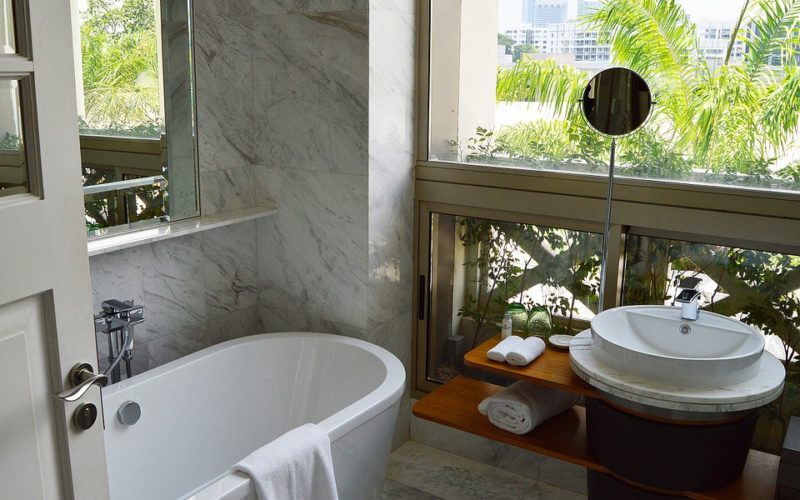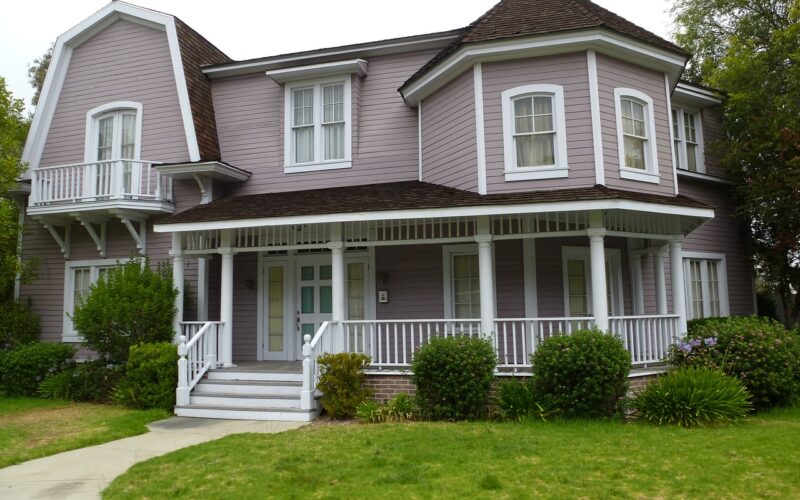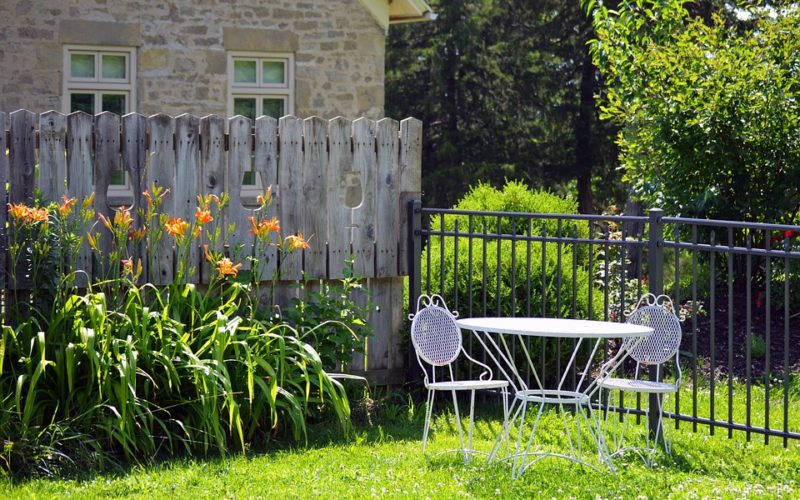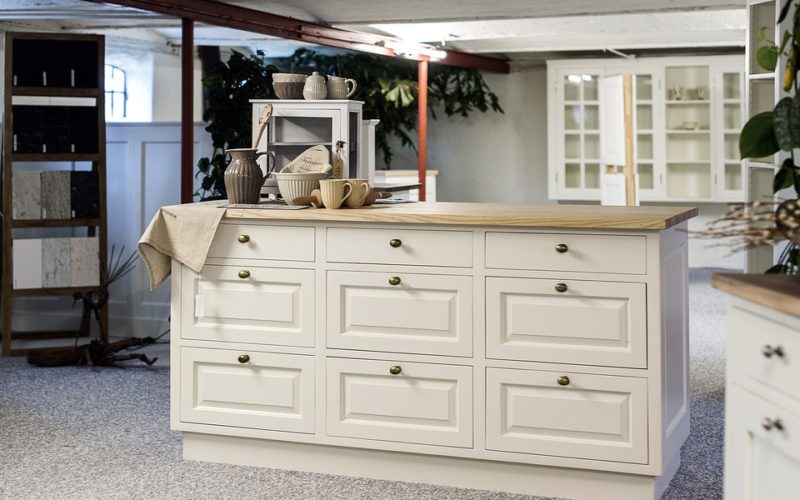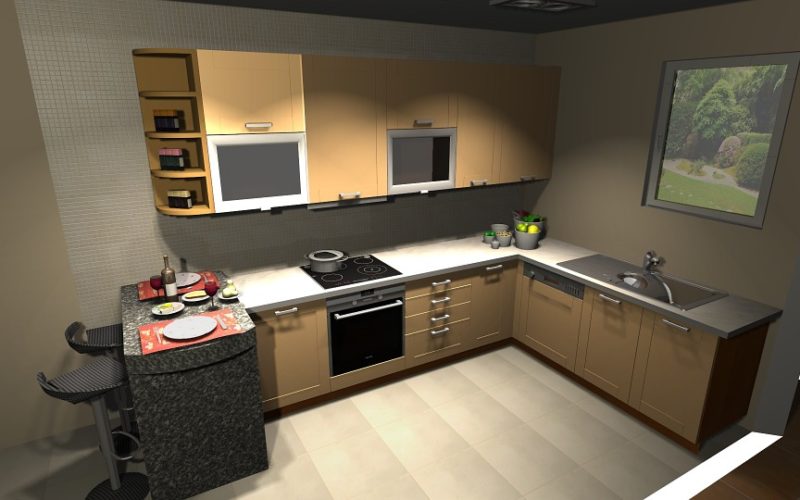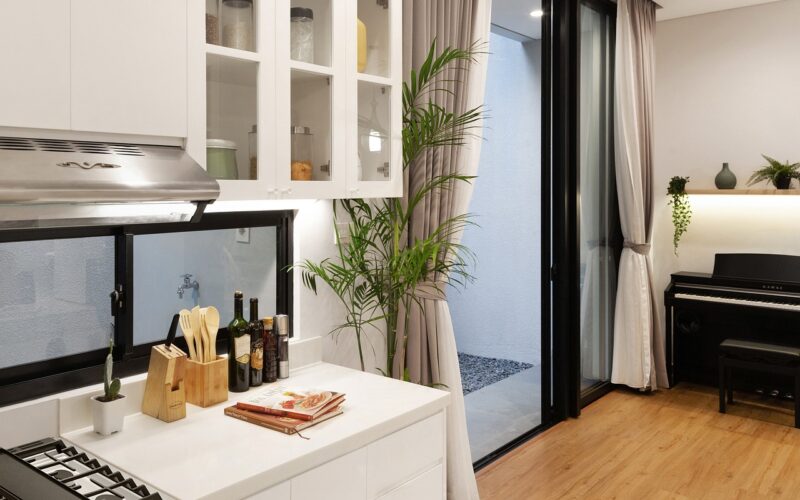Converting a Home Into a Multi-Occupancy Property
Converting a home into a multi-occupancy property is an increasingly popular venture for homeowners looking to maximise the potential of their real estate investments. This process involves transforming a single-family residence into a property that can accommodate multiple tenants, each with their own living space.
The benefits of converting a home
The primary advantage of converting a home into a multi-occupancy property is the potential for increased rental income. By renting out individual rooms or units, you can significantly boost your monthly earnings compared to letting the property as a single unit. Additionally, this approach can offer greater financial stability, as the risk of vacancy is spread across multiple tenants. In a robust rental market, demand for affordable and flexible living arrangements can lead to higher occupancy rates and reduced rental void periods.
Understanding legal requirements
Before embarking on a conversion project, it is crucial to understand the legal requirements involved. In the UK, properties converted for multiple occupancies often fall under the category of Houses in Multiple Occupation (HMOs). These properties must comply with specific regulations, including obtaining an HMO licence from your local council if you intend to rent to five or more people forming more than one household. Licencing requirements can vary, so it’s essential to contact your local authority to ensure compliance with any specific rules or additional measures they may impose.
Planning the conversion
Effective planning is crucial to a successful conversion. Begin by assessing the layout and structural aspects of your property. Consider how you can create separate living spaces while maintaining necessary amenities such as kitchens and bathrooms. It might be beneficial to consult with architects or builders who have experience in multi-occupancy conversions. They can provide valuable insights into space optimisation and help identify any structural changes required to meet building regulations.
Budgeting and financing the project
Converting a property involves upfront costs, so budgeting accurately is essential. Consider expenses such as construction work, materials, professional fees, and additional costs like fire safety equipment and enhanced security systems. It's advisable to obtain multiple quotes from contractors to ensure competitive pricing. Additionally, explore various financing options, such as remortgaging or acquiring a development loan, to fund the conversion. Ensure that your investment aligns with anticipated rental returns to maximise profitability.
Implementing safety measures
Safety is paramount when converting a property into a multi-occupancy dwelling. You must ensure that the converted space complies with fire safety regulations, which may involve installing fire doors, smoke alarms, and emergency lighting. Regular safety inspections and maintaining clear records of such checks are essential. Compliance with these standards not only ensures tenant safety but also protects you legally, as landlords can face substantial penalties for non-compliance.
Marketing and managing the property
Once the conversion is complete, effective marketing is vital to attract tenants. Highlight the benefits of living in a multi-occupancy property, such as affordability, location, and community atmosphere. Utilise online platforms, local advertising, and possibly engage with letting agents to reach potential tenants. Efficient property management is equally important, whether you choose to self-manage or hire a professional service. Consider implementing systems for rent collection, maintenance requests, and tenant communication to streamline operations and enhance tenant satisfaction.
Transforming a home into a multi-occupancy property presents an exciting opportunity to increase rental income and make the most of your real estate. However, it requires careful planning, adherence to legal requirements, and a commitment to providing a safe and desirable living environment. By approaching each stage with diligence, you can ensure a successful conversion that benefits both you and your tenants.

